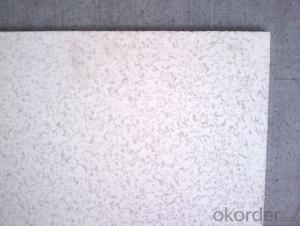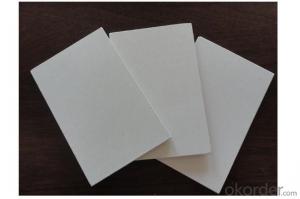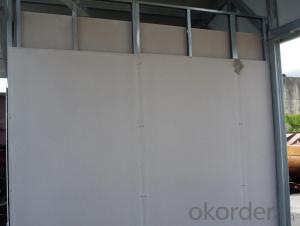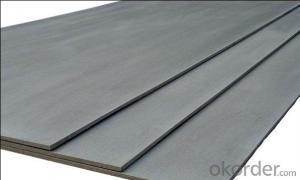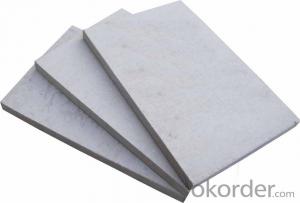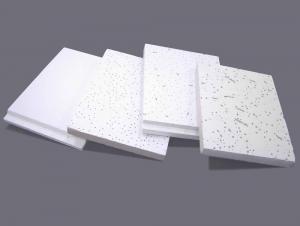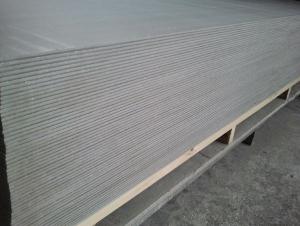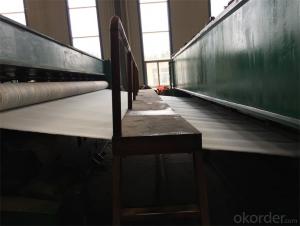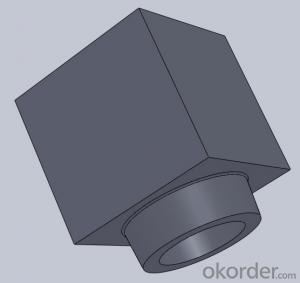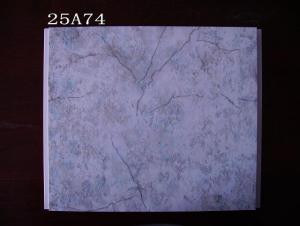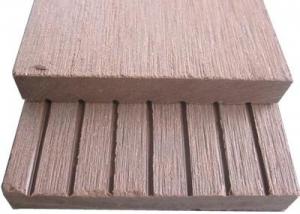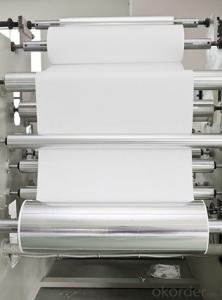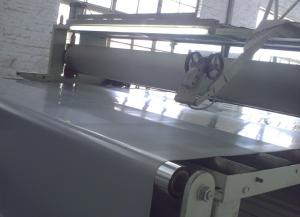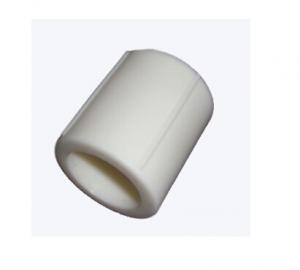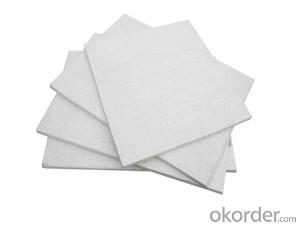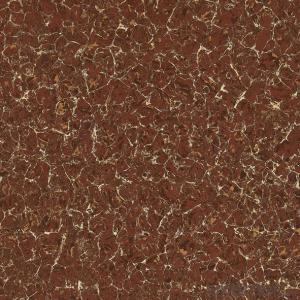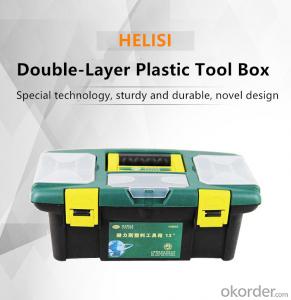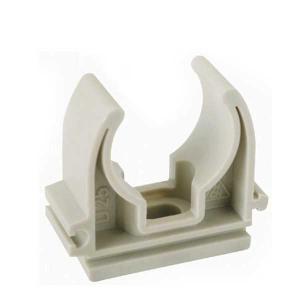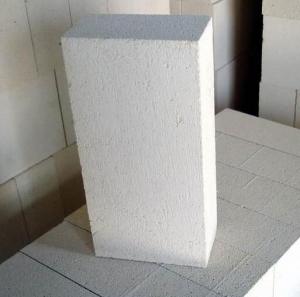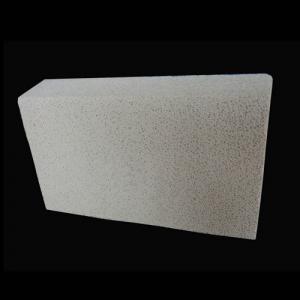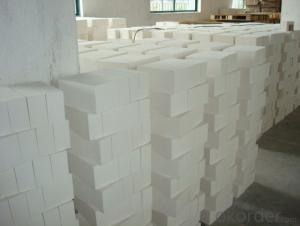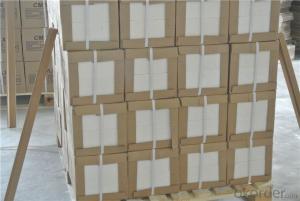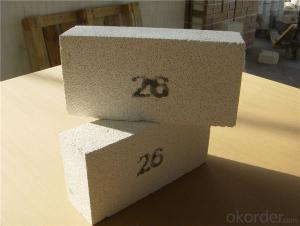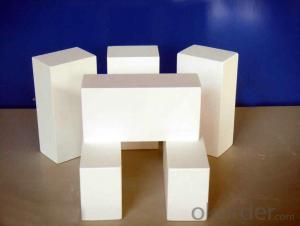High Temperature Plastic
High Temperature Plastic Related Searches
Primer For Galvanized Steel H S Code For Stainless Steel Wd 40 For Stainless Steel Spray Paint For Stainless Steel Drill Bits For Stainless Steel Sponge For Stainless Steel Caulking For Stainless Steel Steel Vessels For Kitchen Best Solar Inverter For Home Led Table Lamps For HomeHot Searches
Steel Mesh Panels For Sale Price For Stainless Steel Scrap Scrap Price For Stainless Steel Cheap High Tea Sets For Sale Stainless Steel Tanks For Sale High Density Fiberboard For Sale Solar Hot Water Collectors For Sale Scaffolding For Sale In Uae Scaffolding For Sale In Ireland Scaffolding For Sale In Houston Type Of Inverter For Solar Price Of Shipping Containers For Sale Stock Price For Aluminum Used Solar Inverter For Sale Portable Led Signs For Sale Stone Hot Water Bottles For Sale Large Led Screens For Sale Used Aluminum Scaffolding For Sale 1/4 Aluminum Plate For Sale Pvc Chairs For SaleHigh Temperature Plastic Supplier & Manufacturer from China
Okorder.com is a professional High Temperature Plastic supplier & manufacturer, offers integrated one-stop services including real-time quoting and online cargo tracking. We are funded by CNBM Group, a Fortune 500 enterprise and the largest High Temperature Plastic firm in China.Hot Products
FAQ
- Indeed, it is possible to utilize insulating fire bricks during the construction of pizza ovens. With their ability to endure extreme temperatures and offer exceptional insulation, these bricks become an excellent choice for pizza ovens. They aid in the efficient preservation of heat, thus leading to a more uniform and steady cooking temperature. Additionally, due to their low thermal conductivity, insulating fire bricks effectively prevent heat dissipation, ensuring that the pizza oven remains hot for extended durations, thereby enhancing energy efficiency. All in all, incorporating insulating fire bricks into the pizza oven construction process can result in enhanced heat retention, improved cooking performance, and a more energy-efficient operation.
- Yes, insulating fire bricks can be used in space heating applications. Insulating fire bricks are designed to have low thermal conductivity, which means they can effectively retain and distribute heat in a space heating system. These bricks are made from lightweight refractory materials that have excellent insulation properties, allowing them to trap heat and prevent its loss to the surroundings. This makes them ideal for use in space heating applications where energy efficiency is important. Additionally, insulating fire bricks can withstand high temperatures and are resistant to thermal shock, making them suitable for use in heating systems that operate at elevated temperatures. Overall, insulating fire bricks are a reliable and efficient option for space heating applications.
- Yes, insulating fire bricks can be used as a heat shield. They have excellent thermal insulation properties and can withstand high temperatures, making them an ideal choice for protecting against heat radiation and transferring minimal heat to the surrounding areas.
- Insulating fire bricks greatly enhance the insulation properties of a structure due to their low thermal conductivity. These bricks effectively minimize heat transfer and prevent the escape of heat, resulting in improved energy efficiency and reduced heating costs. Additionally, their high resistance to heat and excellent thermal stability contribute to maintaining a consistent and comfortable indoor temperature.
- No, insulating fire bricks cannot be used in high-temperature insulation blankets. Insulating fire bricks are solid and dense bricks made of refractory materials that are designed to provide excellent thermal insulation and structural support in high-temperature applications such as furnaces and kilns. On the other hand, high-temperature insulation blankets are flexible and lightweight blankets made of ceramic fibers or other refractory materials that are specifically designed for insulation purposes. These blankets are able to withstand extremely high temperatures while providing excellent thermal insulation. Therefore, the two products serve different purposes and cannot be used interchangeably.
- Insulating fire bricks are capable of being utilized in the construction of brick kilns. Designed specifically with high thermal resistance, these bricks are well-suited for scenarios requiring insulation. Within brick kilns, insulating fire bricks may be employed to line the walls, floor, and roof of the kiln, effectively maintaining heat and enhancing energy efficiency. These bricks possess the ability to withstand elevated temperatures, providing insulation against the heat generated throughout the firing process. Furthermore, they aid in reducing heat loss, resulting in quicker and more efficient firing cycles. In conclusion, incorporating insulating fire bricks into the construction of brick kilns can elevate their performance and contribute to a more effective and sustainable operation.
- Yes, insulating fire bricks are suitable for use in kilns and furnaces. Insulating fire bricks are designed to provide excellent thermal insulation, making them ideal for applications that require high temperatures, such as in kilns and furnaces. They have low thermal conductivity which helps to minimize heat loss and improve energy efficiency. Additionally, insulating fire bricks are lightweight and durable, allowing for easy installation and long-lasting performance in high-temperature environments. They are resistant to thermal shock and can withstand rapid temperature changes, making them a reliable choice for kilns and furnaces. Overall, insulating fire bricks are an excellent option for providing insulation and maintaining high temperatures in kilns and furnaces.




